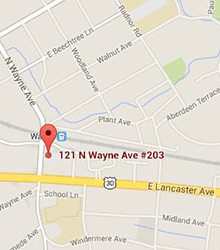There’s a cause and effect for most occurrences in your life. The same applies to potential indicators of periodontal disease.
Standard wisdom says that regular brushing and flossing protects against many dental issues. And generally that’s the case.
In the process, you must spot and eliminate a common culprit. Unless you do it’s open season on your gum and bone tissue.
Periodontal disease sounds serious…and it is
Consistent and correct brushing and flossing is a start. These oral health habits are your first line of defense.
You leave yourself vulnerable to the many causes of periodontal disease if you don’t practice good oral hygiene. One cause, in particular, is its breeding-ground so to speak.
You hear a lot about dental plaque…but it’s what you may not have heard that leads to periodontal disease.
Dental plaque is the common build up on your tooth surface. It’s also where bacteria thrive and join forces.
Research reveals that there are currently over 600 species of bacteria known to exist in the mouth alone. Only 400 of those bacterial species are currently identified.
When enough bacteria team up your gums become the target. Expanding bacterial colonies find pockets deep in your gum and bone tissue.
Inside those pockets is where bacteria do damage. The impact zone between gum and bone tissue can result in periodontal disease.
Control dental plaque to reduce your risk of periodontal disease.
A dental hygienist is your ally in preventing periodontal disease. Regular dental check-ups and teeth cleanings provide advance warning about plaque build-up.
Where there’s plaque there’s bacteria. Your hygienist will remove plaque from your teeth and check and clean the pockets between your teeth and gums where bacteria thrive.
Avoid the risk factors of periodontal disease with dental check-ups and cleanings every 6 months. More frequent appointments may be necessary if periodontal issues are present.
Control the causes and you reduce the risk of periodontal disease. Practice good oral health habits and stay current with in-office dental check-ups and teeth cleanings.
What new understanding do you have about periodontal disease?

